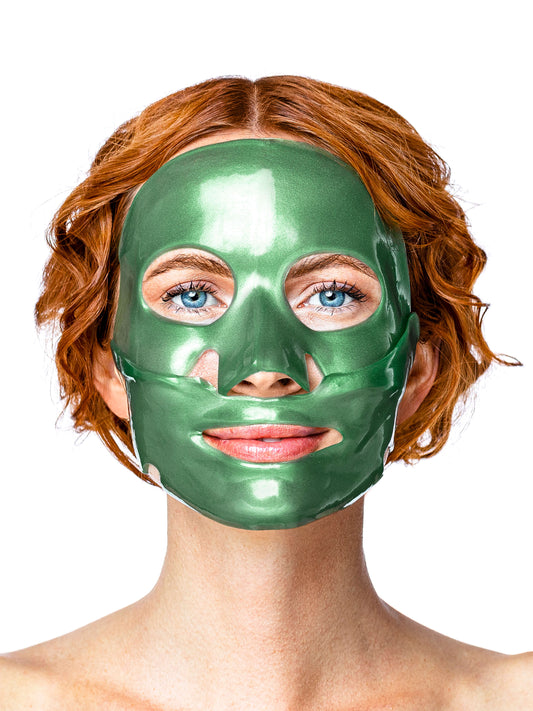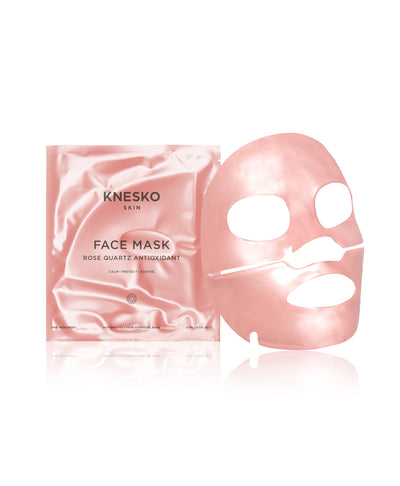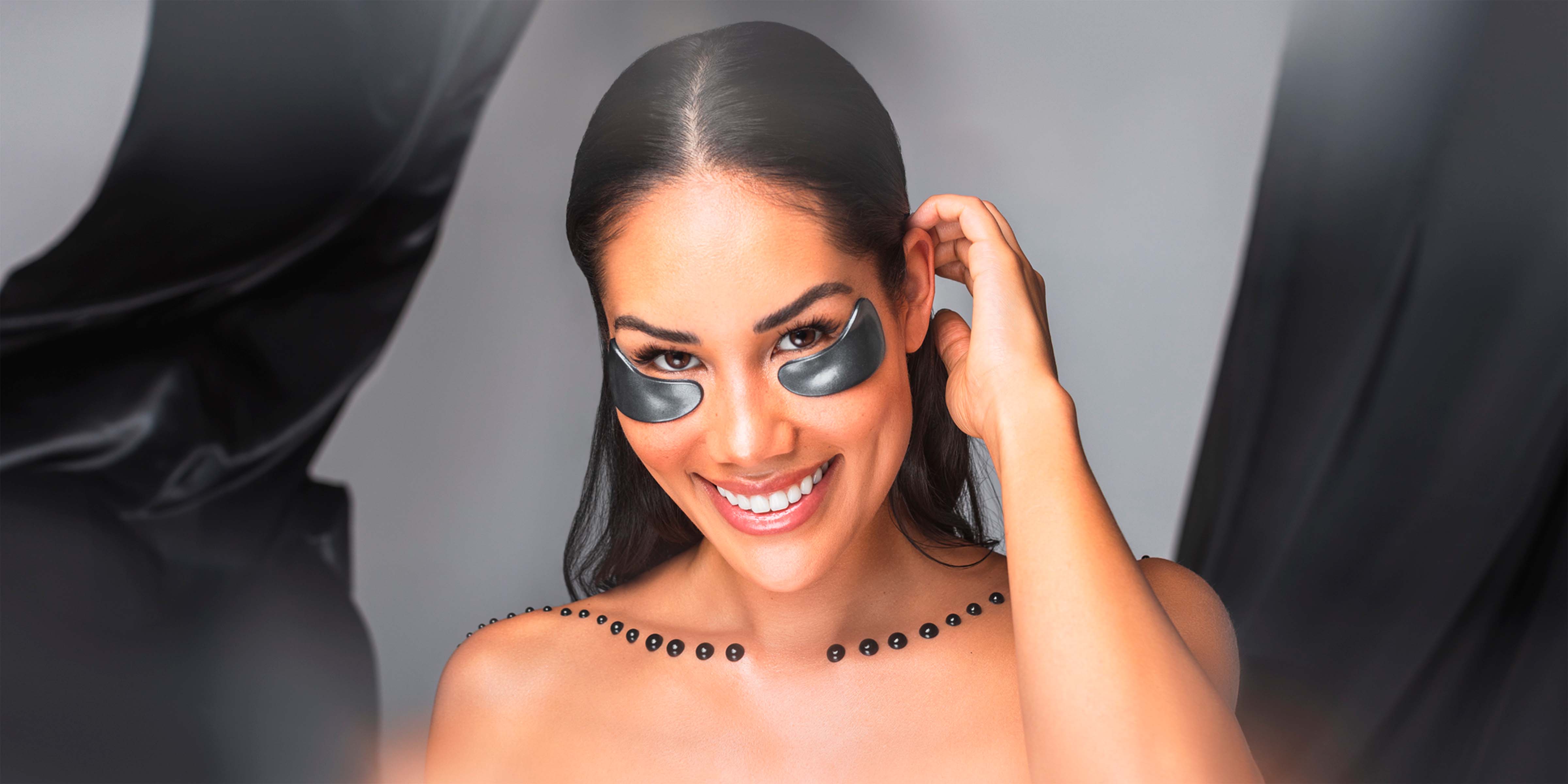Your skin is your body’s largest organ. It is comprised of intricate structures of cells, proteins, lipids, and ceramides. The health of all of these components reflect your overall wellness. But perhaps the most important component of skin is the skin barrier. While you may have heard the term “skin barrier” when researching ways of protecting and rejuvenating the appearance of your skin, it serves purposes that go far beyond the skin’s surface! So, what exactly is the skin barrier, how can you determine if it’s damaged, and—most importantly—how can you restore its health?
What exactly is the skin barrier?
Like an onion, your skin is made up of many layers. These include three main layers, each with their own sublayers. The topmost is the epidermis, the middle is the dermis, and the deepest layer is the hypodermis. The topmost layer, the epidermis, is also known as the stratum corneum. This is your skin barrier.
Dermatologists often refer to the stratum corneum as resembling a brick wall. The individual skin cells are the bricks, and the other “ingredients” are the mortar holding the cells together. This “mortar” is composed of ceramides, fatty acids, and cholesterol.
Your skin barrier has a number of important jobs. First, it’s responsible for protecting your body from external stressors (including airborne pollutants and ultraviolet light). Your skin barrier also keeps your deeper layers of skin hydrated and transports essential nutrients. In essence, your skin barrier must maintain homeostasis (balance) to keep your body’s various systems functioning properly.
What are the signs and symptoms of a damaged skin barrier?
If it’s healthy, your skin will be hydrated, elastic, and smooth. But when your skin barrier is damaged, you’ll know it. Skin that feels or looks dry, irritated, or rough is a good indicator of a damaged skin barrier. It will take on a dull, lackluster appearance.
Worse, a damaged skin barrier won’t be as capable of fighting off free radicals and other stressors. This will, in turn, result in long-term issues such as the premature development of wrinkles, skin discoloration, and a loss of elasticity. In other words, a damaged skin barrier will make you look older.
How can you restore and replenish your skin barrier?
The most effective way to restore the health of your skin barrier is to ensure that it’s properly moisturized. Look for a high-quality serum or moisturizer that contains nourishing ingredients like ceramides and humectants (including glycerin and hyaluronic acid).
If you’re in the habit of exfoliating your skin regularly, try skipping exfoliation for a week to give it a rest. Then, resume using only a very gentle chemical exfoliator. In addition, consider switching to a very gentle skin cleanser that is as close as possible to your skin’s natural pH (5.7).
Lastly, give your skin barrier an extra boost by pampering it with soothing face masks. Those that contain hydration-boosting ingredients like hyaluronic acid, panthenol. and jojoba oil are best. Ingredients like niacinamide will get to work on repairing the skin barrier, while marine collagen and elastin will help to reverse signs of aging.
Rejuvenate your skin with soothing face masks
You can restore your skin barrier while nurturing your spirit with Reiki-infused, luxury skincare products from KNESKO—a brand beloved by celebrities. Our soothing face masks contain powerful anti-aging ingredients backed by science to nourish skin’s barrier while balancing the chakras. Shop for your new favorite hydrating face mask at KNESKO today and enjoy free U.S. shipping on all orders with a minimum $70 purchase.









